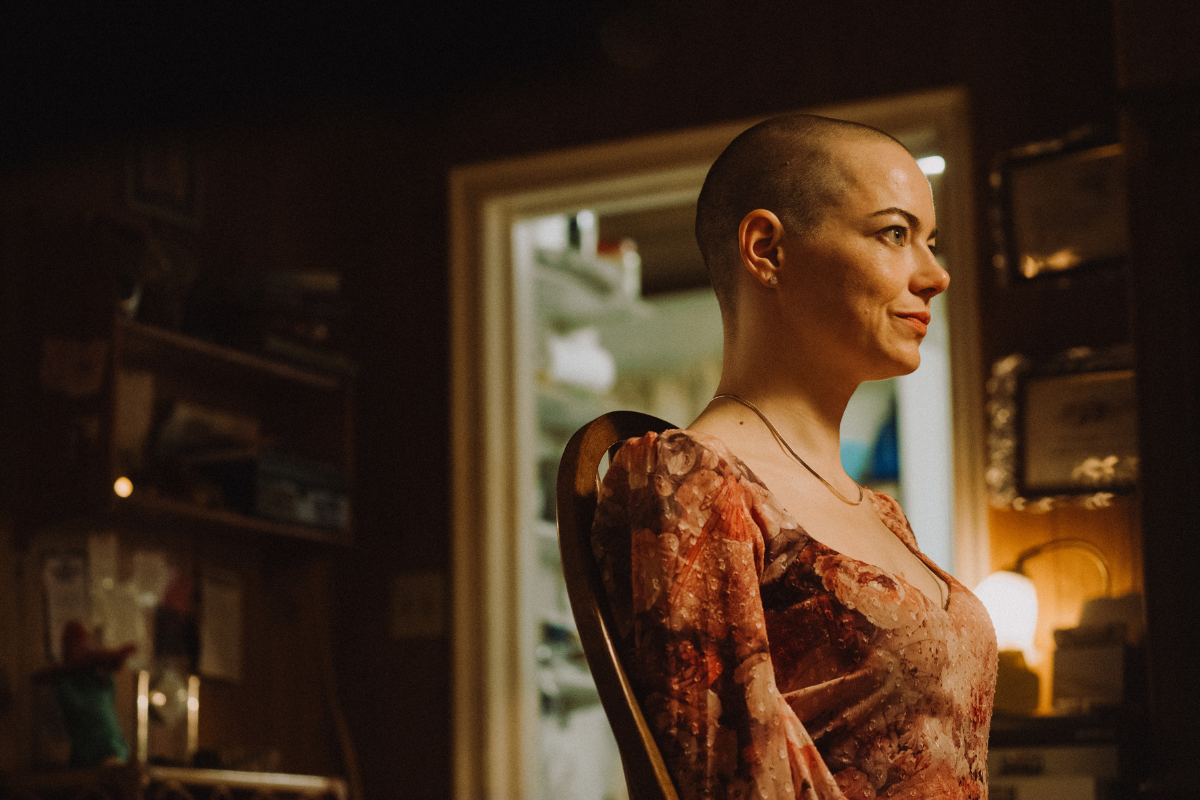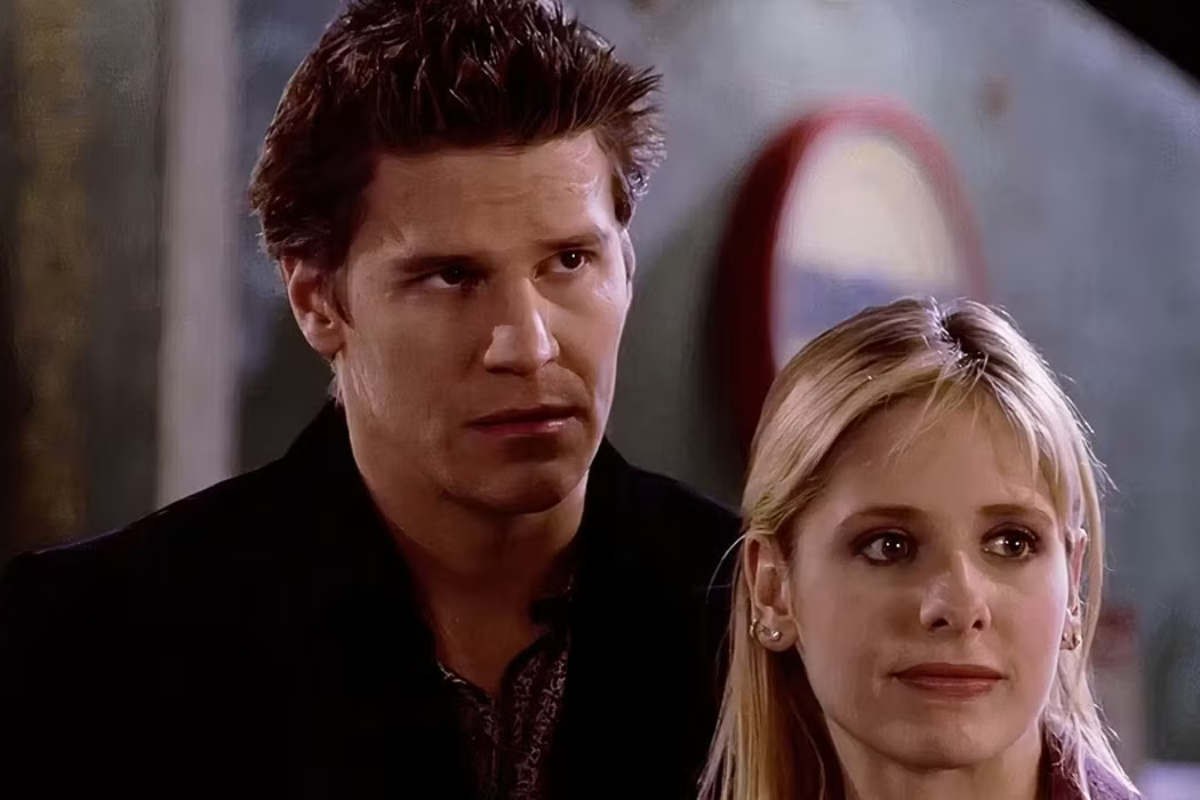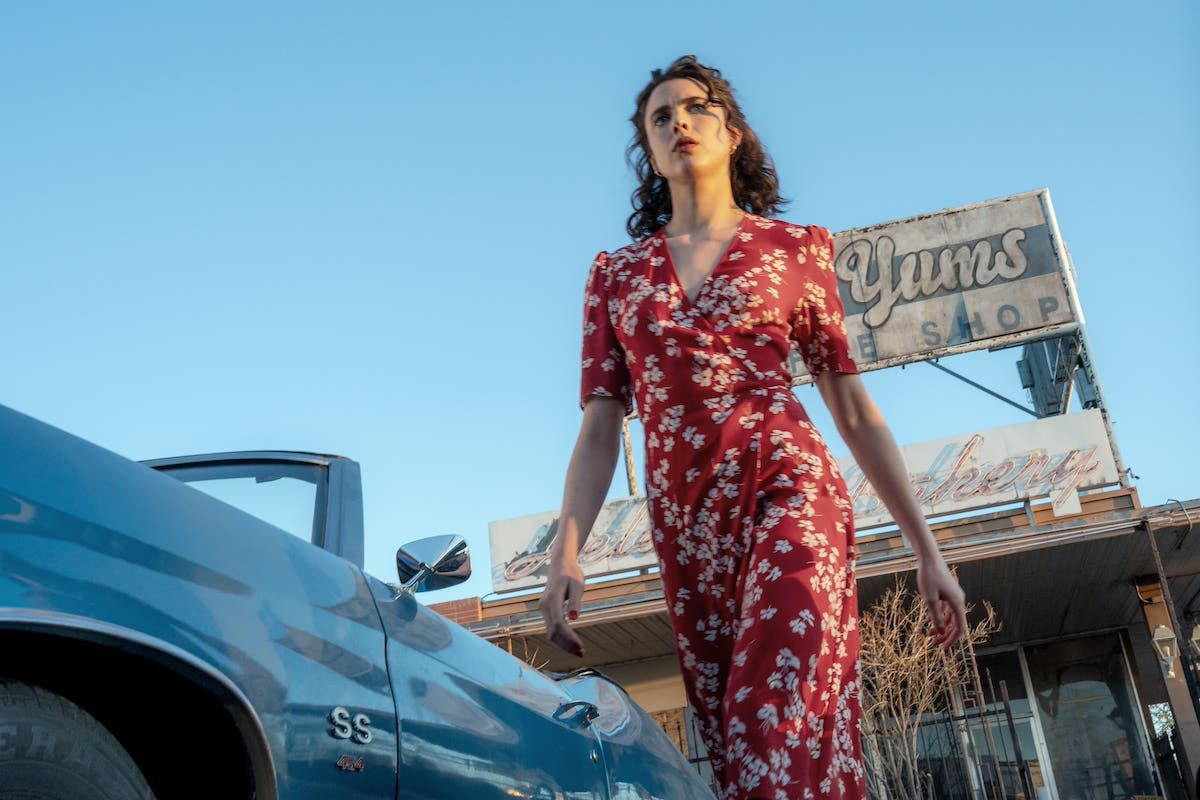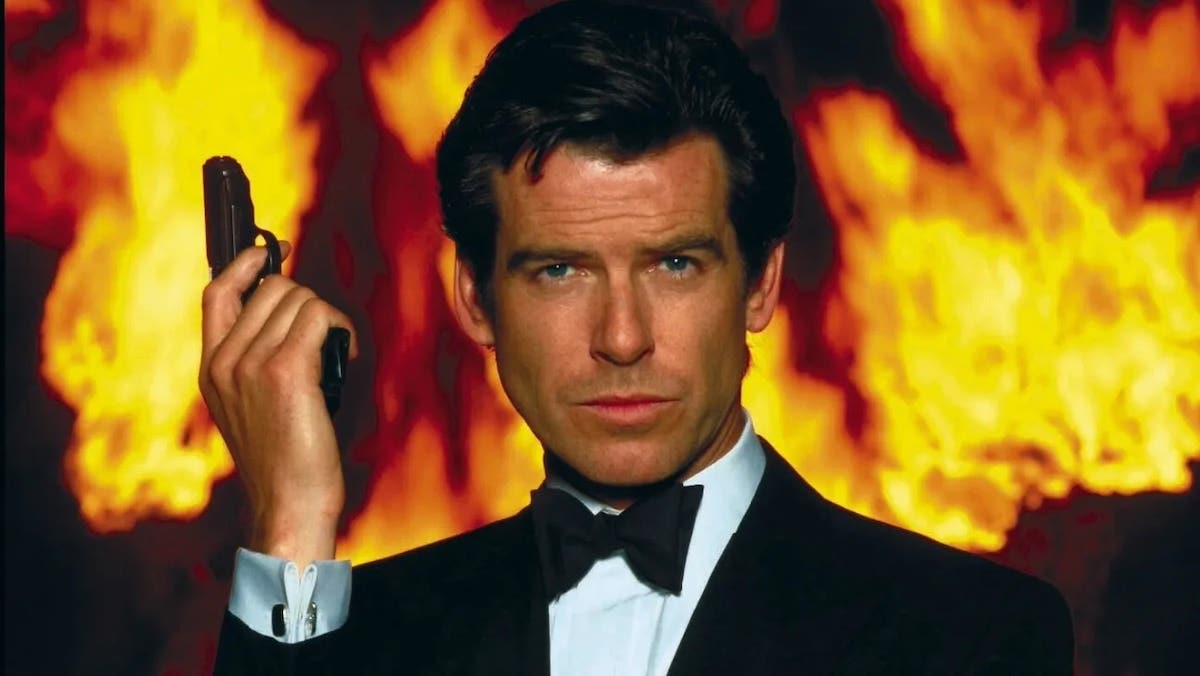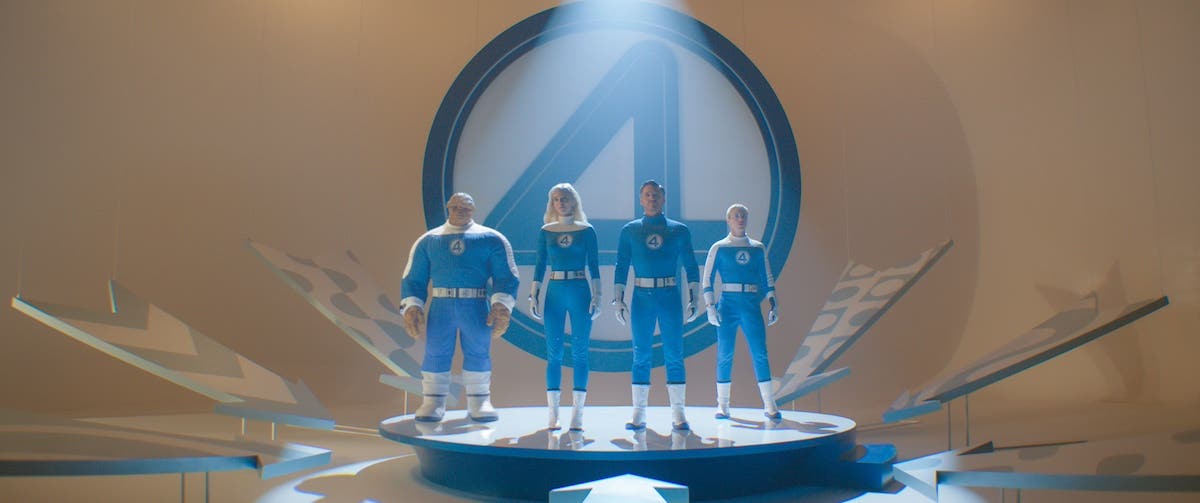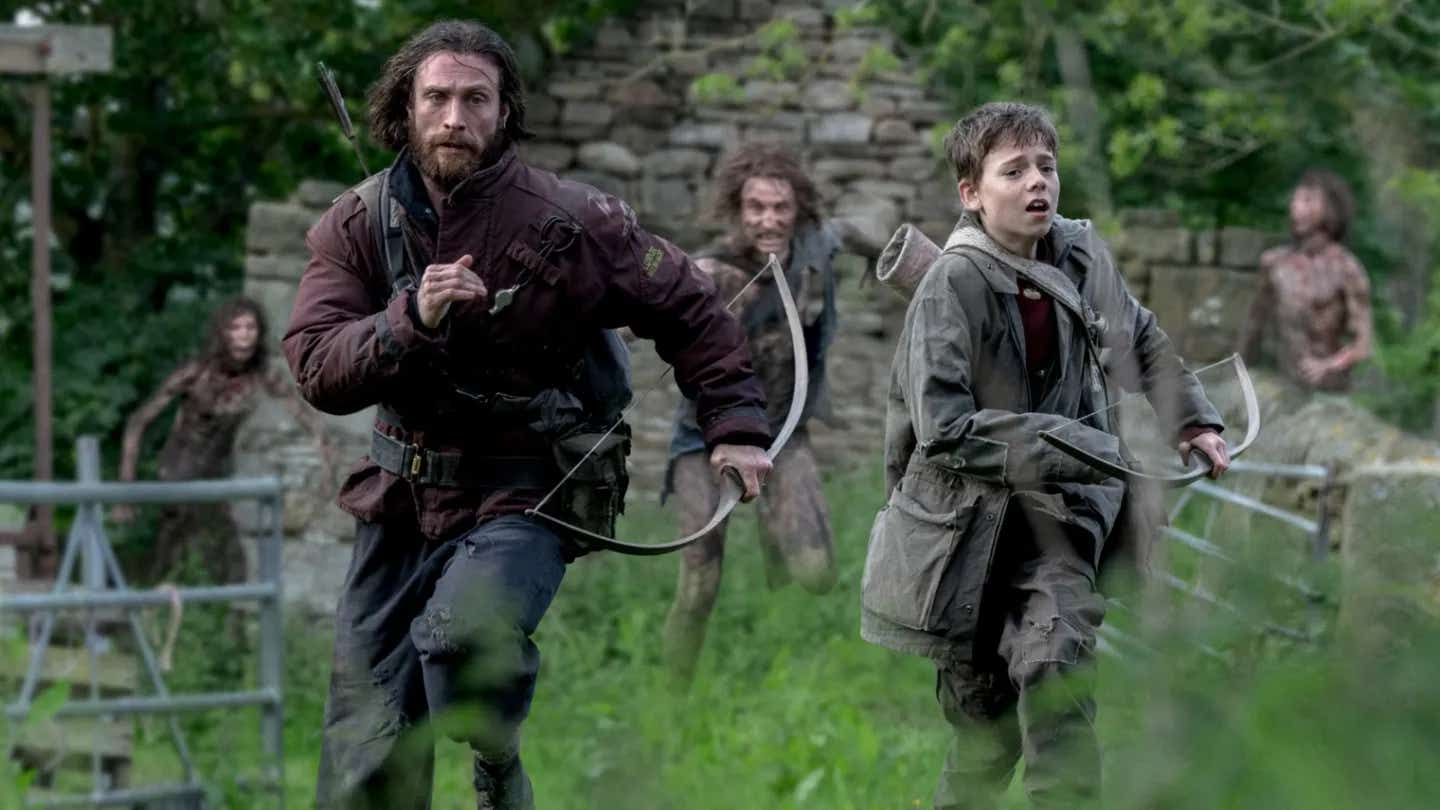‘Ghostbusters: Afterlife’ and What it Can Teach Screenwriters
‘Ghostbusters: Afterlife’ asks how one generation can reckon with the infamous pasts, sins, and victories of those that came before them, something the junior Reitman seems to have been grappling with himself and his father’s legacy. As Script contributor Bryan Young explores a couple of the screenwriting quirks that made the film so enjoyable and worth analyzing, he’ll be diving into spoilers, so be warned.
Ghostbusters: Afterlife, directed by Jason Reitman in the footsteps of his father who directed the first two pictures in the series, tells the tale of Phoebe (McKenna Grace) and her family. Her mom (Carrie Coon), a single mother evicted from her home and without a penny to her name, moves Phoebe and her brother, Trevor (Finn Wolfhard), out to the middle of nowhere and into a haunted house owned by their estranged patriarch. Together, the family has to reckon with their familial legacy, the Ghostbusters, and the new infestation of ghosts plaguing humanity.
Writer/Director Jason Reitman offers a film dripping in nostalgia, but also wrestles with the real-life legacy of his own father, Ivan Reitman, on a meta level. Thematically, the film asks how one generation can reckon with the infamous pasts, sins, and victories of those that came before them, something the junior Reitman seems to have been grappling with himself and his father’s legacy.
As we explore a couple of the screenwriting quirks that made the film so enjoyable and worth analyzing, we’ll be diving into spoilers, so be warned.
Building Narrative Mystery
As the film starts, even before the title screen, we’re shown an isolated figure that is quite clearly Egon Spengler, one of the original Ghostbusters (played by the long deceased Harold Ramis). None of the other Ghostbusters are with him, but he’s still clearly fighting something. He dies in this attempt.
As we meet all of the characters that are related to him, they each have negative reactions to him, describing him in ways that belie the character we knew in the original films. This forces the audience to participate in the narrative and wonder why Egon left his family and the Ghostbusters.
By giving the audience questions to ask, they become invested in the story and play an active role in puzzling out the narrative. Granted, a film like Ghostbusters: Afterlife has the benefit of having a legacy and mythology to build on, but it’s something that works in original movies as well. Think about Who Framed Roger Rabbit? and the mystery of Eddie Valiant’s lost brother, or The Third Man and the question of who killed Harry Lime, or Casablanca and the question of what made Rick so hollow inside. All of these screenplays build on that narrative suspense, but it’s one thing Ghostbusters: Aferlife does very well.
Learning and the Try/Fail Cycle
Try/Fail Cycles are important to building stories where characters act and react to circumstances and the audience is able to believe their growth. Watching a character fail at something forces the audience to sympathize with them and hope they learn their lesson next time. As they fail the next time, the audience wonders how in the world the protagonist will take an even bigger, bolder step toward solving their problem. The more they try and fail, the more they learn and the more the stakes raise on the film.
As Ghostbusters: Afterlife builds up and Phoebe discovers the proton pack and ghostbusting equipment, she has a steep learning curve ahead of her to know how to use it to trap ghosts. The stakes of the entire movie depends on her ability to understand how all of the equipment and catch ghosts.
At first, Phoebe and her friend Podcast (Logan Kim) go out to an abandoned factory to test out the proton pack. Setting up an old shooting range, they take the first step to understand how it works and how destructive it is. That’s when the screenwriters introduced Muncher (Josh Gad), a ghost that eats metal, in the factory. Sneaking up on it, they make their first attempt to catch it, but it doesn’t work and the ghost gets away.
As they learn how to use the equipment, they get better at it, but still not enough to capture the ghost. With Phoebe’s brother, Trevor, driving the Ecto-1 through the small town they call home, she destroys the surroundings as they work to capture Muncher. Having seen them try and fail and watch the stakes grow consistently over the previous half-hour of the film makes Muncher’s containment feel earned and is cathartic to the audience.
How can you build sequences in your screenplays that play on this in ways that let the characters grow, take extra, increasingly difficult steps to accomplish their goals, and raise the stakes on the action?
Answer that, and your screenplays will be better for it.
Setups and Payoffs
One moment that worked really well in Ghostbusters: Afterlife was a double-payoff to two different setups. Near the start of the film, when Claire and her children first arrive at her dead father’s haunted farmhouse, she asks Phoebe to break into the house. Phoebe is able to pick the lock with the ease of a master-thief, not because she’s into thieving, but because she’s so into science and intelligent. She clearly loves taking things apart to understand them, a skill that helps build an understanding of her character through the entirety of the movie. The other setup is simple: Muncher the ghost eats steel. There’s no reason that Muncher would need to eat steel and in the hands of lesser screenwriters, it would have been a simple quirk of a character because it was interesting business to watch and nothing more.
Thanks to the Try/Fail cycles we discussed above, Phoebe is able to trap Muncher in a ghost trap. Unfortunately, the damage done to the town’s main street as they captured Muncher was enough to warrant their arrest and the police impound the proton pack and the ghost trap containing the ghost.
All of these setups come to bear when Phoebe and the crew realize they need the proton pack back for the climax of the film, they go to the police station to steal it back.
When they find the trap and the proton pack in a steel cage, locked up, all of these setups come to fruition as payoffs. It becomes a puzzle the characters need to solve. At first, Phoebe considers picking the lock, as we learned she’s capable of. The lock is too good for that, though. Then, she has to figure out a way to get into the cage and get the proton pack quickly.
Things click into place when the characters manage to reach in and open the ghost trap, releasing Muncher from his captivity. The ghost eats through the cage and Pheobe is able to retrieve the proton pack. They accomplish their goal, but at the cost of letting the ghost go. The setups all work to heighten the tension and raise the stakes. To that point in the film, Muncher had been the worst thing they’d dealt with. Setting him free serves to further illustrate just how much larger the final threat of the film is.
Letting the Hero do the Winning
In a long-running franchise like Ghostbusters, it would be easy to let the heroes of the original films arrive to save the day. Having them show up is something the movie sets up and it’s something the audience expects. When the surviving Ghostbusters, Peter Venkman (Bill Murray), Ray Stantz (Dan Aykroyd), and Winston Zeddemore (Ernie Hudson), show up to defeat Gozer once and for all because Phoebe has come up short by herself, it would be easy to let them win. Ultimately, though, the audience would reject that, as much fun as it would be to see. The entire film is built around Phoebe, her family legacy, and her ability to solve the problems of busting ghosts.
The screenplay is smart here, as it plays up the potential for the original Ghostbusters to be a deus ex machina. Phoebe realizes how the trap her grandfather set for Gozer the Destroyer works and does everything in her power to improve it and make it work. She only gets so far before Gozer’s power appears to great and she has a moment where she believes all is lost. Peter Venkman and crew step out of the shadows to offer the assist that will take down Gozer once and for all. With a film that leans so heavily on nostalgia, it could almost be forgiven for having them actually save the day, but it understands that letting them win would undercut the victory of the protagonist: Phoebe. Phoebe is the one who has to overcome the challenges and even the past Ghostbusters can’t help her.
The ending would have rung hollow if Phoebe had been rendered inert there, but instead, the screenwriters allow her to finish what she started, which is exactly the right choice.
Coda
Overall, Ghostbusters: Afterlife brims with nostalgia for the original Ghostbusters film and serves as a fascinating exploration of family exploration through the creative mind of the original director’s son. The movie is exactly the sort that would have made a billion dollars in the 1980s, blending the childlike wonder of The Goonies with the original Ghostbusters. In many ways, it’s a beat for beat a rehash of that original film, too, down to the wrathful Sumerian God they have to defeat in the end. Despite the nostalgia wrapper, the candy inside is still rather sweet and there’s hope that these kids can kick off a whole new generation of Ghostbusters now that the proverbial proton pack torch has been passed.
Ghostbusters: Afterlife is currently in cinemas everywhere.
Learn more about the craft and business of screenwriting from our Script University courses!
Bryan Young is an award-winning filmmaker, journalist, and author. He's written and produced documentary and narrative feature films and has published multiple novels and a non-fiction book. He's written for Huffington Post, Syfy, /Film, and others. He's also done work in the Star Wars and Robotech universes. You can reach him on Twitter @Swankmotron or by visiting his website: swankmotron.com.


